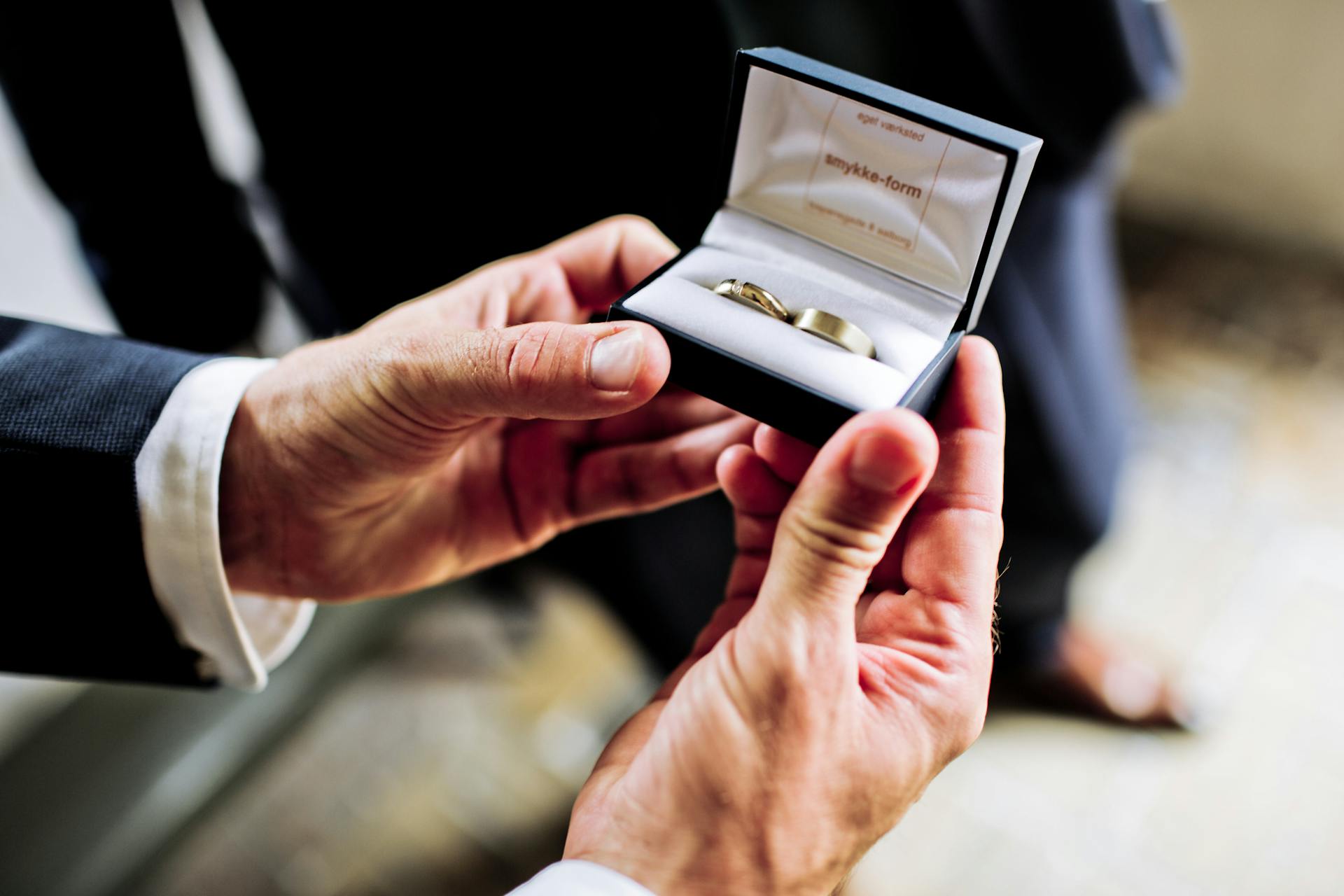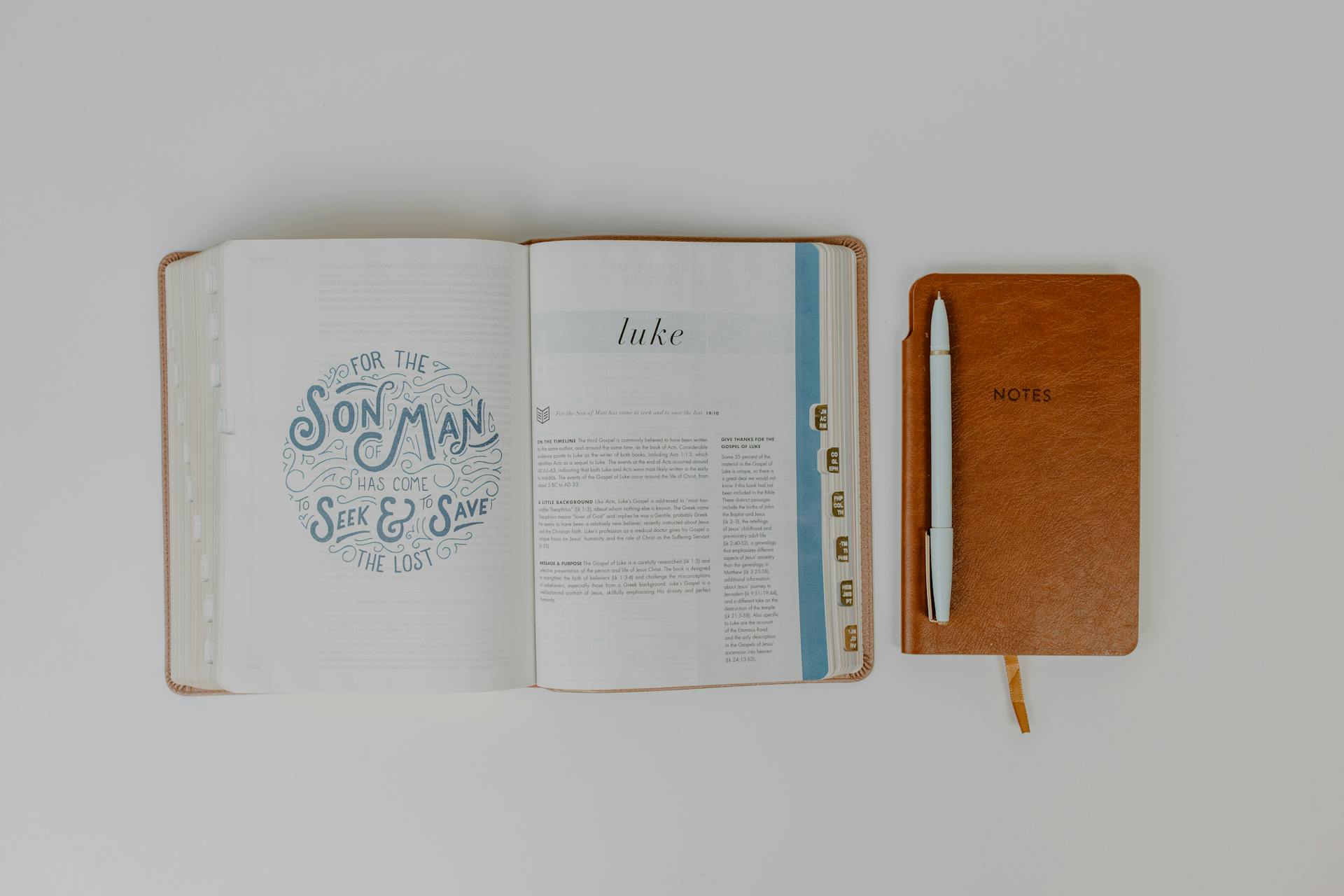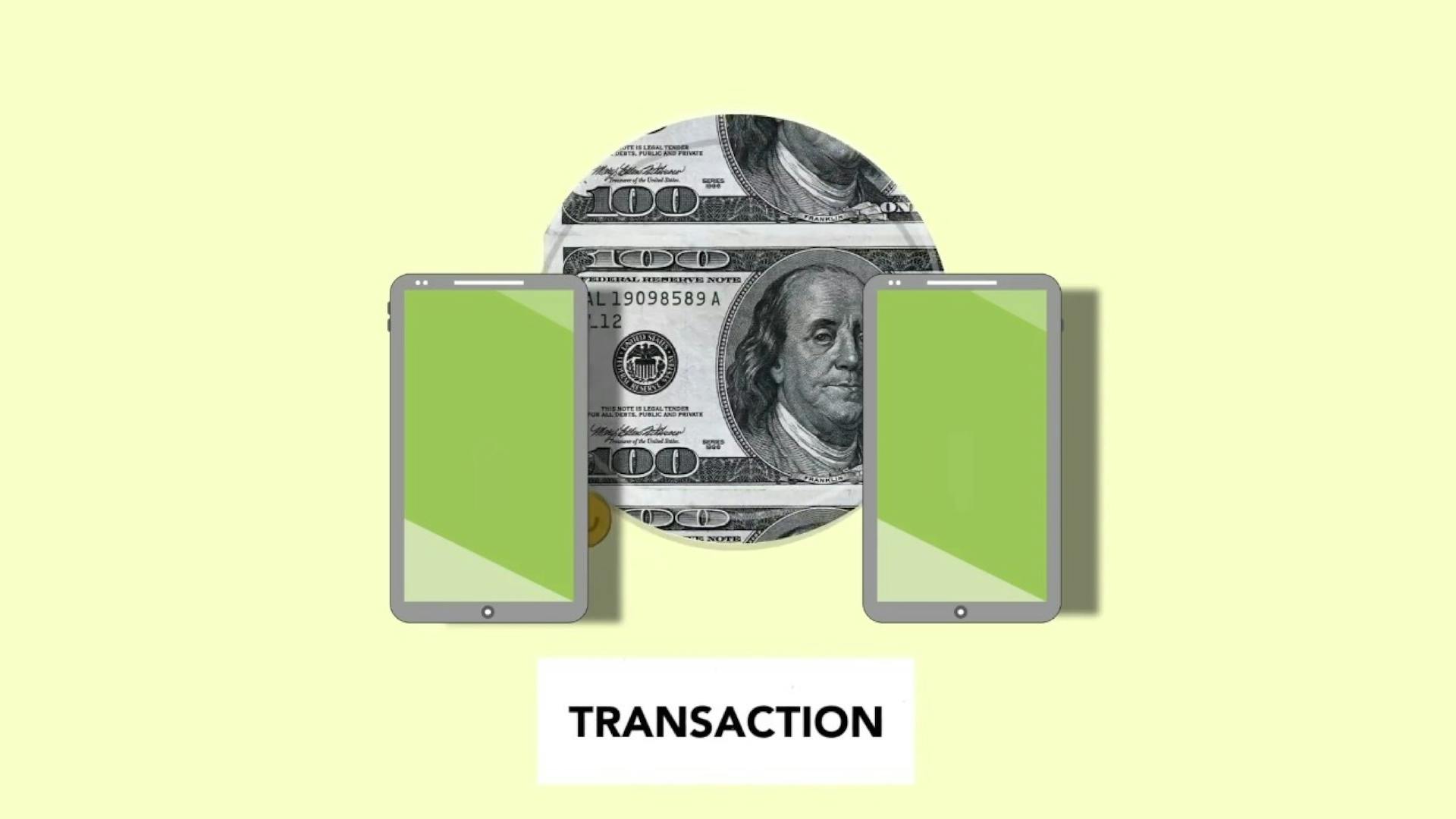
To fill out a Western Union money order, start by making sure you have the correct information. You'll need to provide the recipient's name, address, and a note to the recipient.
The recipient's name and address are usually the most important details to get right. Make sure you spell the name and address exactly as they are on the recipient's identification.
A money order can only be cashed by the intended recipient, so it's essential to include the recipient's name and address. This helps prevent the money order from being misused.
You can purchase a money order at a Western Union location, and the fees will vary depending on the amount and location.
Order Filling Steps
To fill out a Western Union money order, start by writing the name of the person you want to send money to in the "Pay to the order of" field. Make sure to get the spelling correct, as you can't change this information once the money order is processed.
You'll also need to fill out your own information, including your full name and address, in the "Purchaser's address" field. This is usually found on the same side as the payee's information.
To complete the money order, sign the front of the document, not the back. This is where the recipient will sign to endorse the money order. Don't forget to keep your receipt, as you'll need it to track and cancel the money order if necessary.
Here's a quick rundown of the information you'll need to fill out:
- Pay to the order of: Recipient's name
- Purchaser's address: Your full name and address
- Signature: Your signature on the front of the money order
- Receipt: Keep a copy for tracking and cancellation purposes
Fill in Recipient's Name
Write the name of the person or business that will receive the money order on the line that starts with "Pay to the Order Of." This is crucial to ensure the recipient can cash or deposit the money order.
Make sure to fill out this section as soon as possible to prevent the money order from falling into the wrong hands. You can also use this opportunity to double-check the spelling of the recipient's name.
It's essential to spell the name correctly to avoid any issues with the recipient cashing the money order. If the name is misspelled, the recipient may not be able to cash it.
Here are the key details to keep in mind when filling in the recipient's name:
- Write the full name of the payee in the "Pay to" or "Pay to the Order Of" field.
- Print the name clearly in ink.
- Avoid leaving this field blank or making the money order payable to cash.
By following these steps, you'll ensure that the money order is filled out correctly and can be safely delivered to the intended recipient.
Where to Cash a Check
Cashing a money order can be a bit tricky, but don't worry, I've got you covered. You can try cashing a money order at the same entity that issued it, whether that’s a bank branch, post office or other location.
Some banks may cash money orders issued by the same bank or by the U.S. Postal Service, but may charge a fee if you’re not a customer of the bank. Check-cashing locations, convenience stores and grocery stores can be alternatives, but watch out for fees.
You might enjoy: What Has a Bank with No Money?
You'll probably need to show identification wherever you go. If you don’t need the money right away and you have a bank account, consider depositing it. Banks accept money orders as they would regular checks at branches, ATMs or even on a banking app with a mobile check deposit function.
Don't forget to sign the back of the money order before depositing. If you no longer have the money order or you made a mistake on it, you may be able to cancel it and get a replacement or refund — as long as the money order hasn't been cashed.
Here are some places where you can cash a money order:
- Banks (if they issued the money order or by the U.S. Postal Service)
- Post office
- Check-cashing locations
- Convenience stores
- Grocery stores
Cost Estimate
When filling out a money order, it's essential to understand the costs involved.
Money order fees vary by service provider and money order amount, but they are usually no more than a few dollars.
You can expect to pay a small fee for each money order, which is a one-time payment.
The cost of a money order is relatively low, making it a convenient option for transactions.
Bank Fees in the US
Bank fees can be a real nuisance, especially when it comes to something as simple as a money order. Ally Bank and Bank of America don't even offer money orders.
If you do need a money order, be prepared to pay a fee. For example, Chase charges $5 for money orders up to $1,000, although some premium account holders get a free pass. Similarly, Citibank, Citizens Bank, TD Bank, and U.S. Bank all charge $5, but premium checking customers get off scot-free.
If you're planning to get a money order from one of these banks, make sure to do it in a branch – that's the only way to get it done.
Check this out: Bank 2022
Western Union Money Order Process
To start the Western Union money order process, you'll need to fill out the money order correctly. This involves writing the recipient's name on the line that says "Pay to the order of", making sure to spell their name correctly because you can't change this information once the money order is processed.
You'll also need to fill out your information, including your full name and address, in the field labeled "From", "Sender", "Remitter", or "Purchaser." This is usually found on the front of the money order.
To ensure you can track and cancel the money order if needed, be sure to keep your receipt. This is especially important if the money order gets lost or damaged.
Here are the key fields to fill out on a Western Union money order:
You may also need to include additional details, such as your account number or transaction details, on the money order to ensure it's handled correctly. This information should be written in the field labeled "Re:" or "Memo." If there's no field for additional information, write it on the front of the document.
Order Details
When filling out the "Pay to the order of" field, make sure to write the full name of the person or business you're paying with the money order. This is a crucial step, as you can't change this information once the money order is processed.
You'll also need to provide your full name and address in the "Purchaser's address" field. This is usually labeled as "From", "Sender", "Remitter", or "Purchaser." Be sure to include your current mailing address, as this information might be needed by the recipient.
If you're using a USPS money order, you'll see two address fields: one for the recipient's address and another for the purchaser's address. This way, both parties' addresses will be visible.
You may need to include additional details on the money order to ensure it's handled correctly. This could be your account number, transaction or order details, or any other notes that will help the recipient recognize the reason for the payment. This field might be labeled "Re:" or "Memo."
To complete the money order, sign the front of the document, not the back. The recipient will need to sign the back to endorse the money order.
Here are the required fields to fill out a money order:
Sources
- https://www.nerdwallet.com/article/banking/money-orders
- https://wise.com/us/blog/western-union-money-order
- https://www.bankrate.com/banking/how-to-fill-out-a-money-order/
- https://www.nerdwallet.com/article/banking/how-to-fill-out-money-order
- https://www.thebalancemoney.com/how-do-you-fill-out-a-money-order-315051
Featured Images: pexels.com


